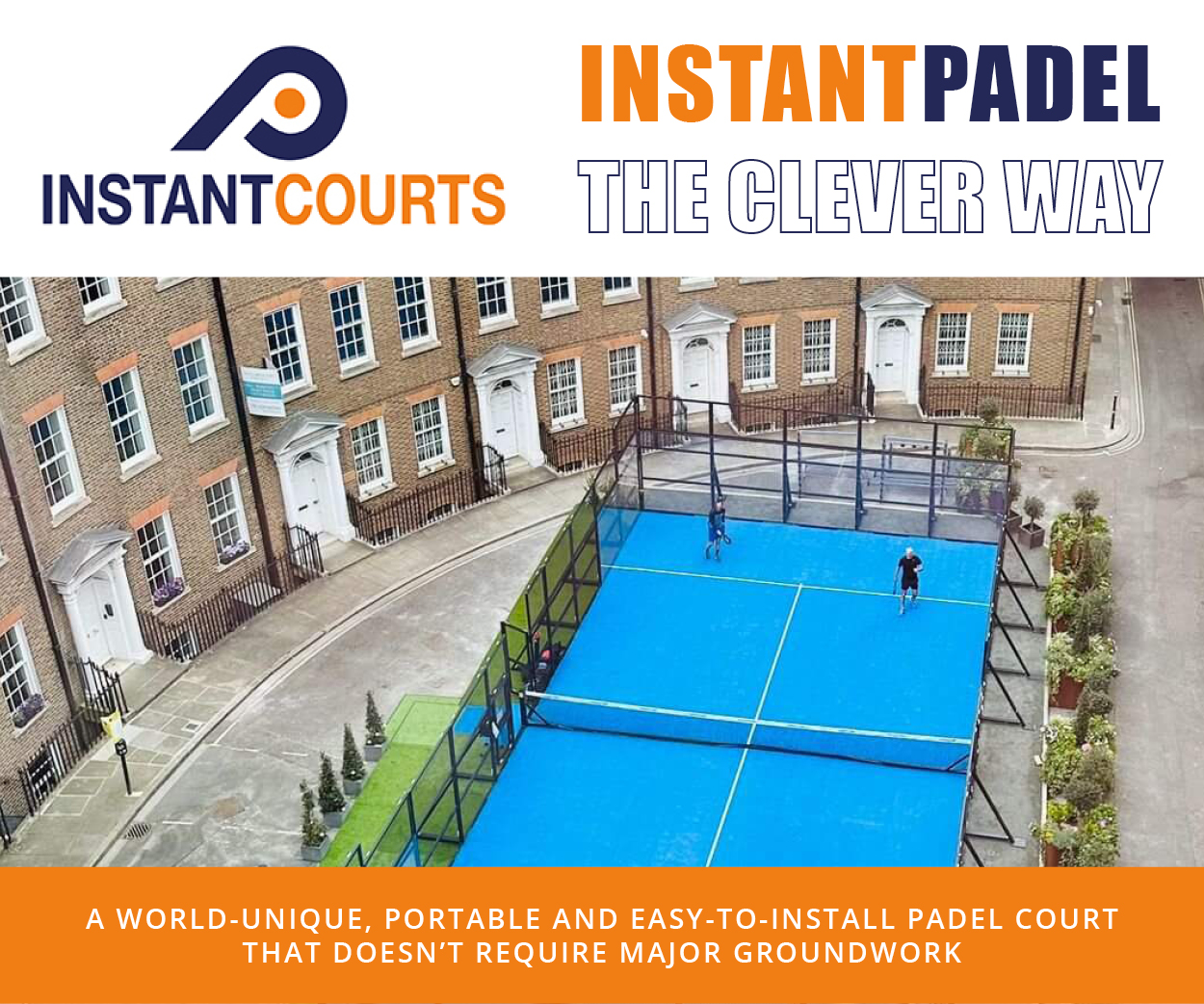There’s been lots of hype surrounding padel in the UK, but is the sport’s growth mirroring the publicity? Ben Nichols, founder of padel-dedicated communications consultancy Padel 22, and Luke Francis, Director and Head of London for leading community and political engagement communications consultancy, Concilio, explore further.
Barely a week now goes by in the UK without someone sending me an article or a broadcast clip that raves about this new addictive sport called padel. “Did you help with this article?”, I often get asked. The answer is sometimes a yes and sometimes a no, but the fact that padel is being written about at all is, from my perspective, great news.
Here is a sport that is increasingly known amongst the British sport-loving population at large – a sport that, when it comes up in conversation, piques a range of reactions ranging from a ‘I’ve heard about this’ to ‘I played in Portugal last summer and am totally hooked.’
These are all positive signs for a sport that has cemented its position as the second most played sport in Spain after football (yes, number two) and is believed to be played by approximately 25m – 30m people worldwide.
For those people that have stepped on court, the take-away is almost unanimously positive too. Here’s a sport that is far quicker to pick up than tennis or squash, but hard to master. It keeps people involved for a long time, as they strive to learn their bandejas from their bajadas, and to ensure they don’t spend their entire game in the fridge.
Padel has modern appeal, looks more urban and younger than its traditional racket sport cousins and, in so many ways, seems to fit the bill as the perfect modern sporting recipe to get generations young and old playing sport.
So, why, with the sport’s publicity picking up pace and the number of padel businesses accelerating, are padel courts not yet ubiquitous? Why are we still hovering around the 350 court mark in the UK, when media coverage is disproportionate to that figure The answer is – if not wholly then certainly partly – down to what’s known as the British planning process.
There are two sides to the coin in British padel at present. On one hand, we have the investors, entrepreneurs and dynamic businesses entering the tunnel full of enthusiasm for their new-found sport and ready, at the earliest opportunity, to open the doors of their new enterprise.

Then, many months later, perhaps years in some cases, we see some of these same individuals and businesses emerge, perhaps a little weathered, by the planning process which has put the brakes on their original timescales and unearthed a whole host of intricate, technical details that have to be worked through in order to achieve a positive outcome.
Some businesses may not emerge at all – their enthusiasm and patience dented by the arduous, long process to reach the ‘diggers in the ground’ moment.
Site surveys, planning assessments, pre-applications, designs, access and planning statements are all areas that will be familiar to the beleaguered purveyors of new padel facilities and clubs.
To the fast-moving entrepreneurs familiar with the more rapid development markets such as the UAE, British planning processes can feel like a quagmire.
But stringent planning processes can serve a purpose. Some are citing the slower-moving British system as a good way of ensuring the nation doesn’t experience an oversupply of padel courts in a short time frame, as happened in Sweden during the pandemic.
Working with the planning system as it is – rather than being frustrated by it – surely has to be the best approach. That includes robust communications that can help make a persuasive case for a local authority to give the green light on your desired padel facility.
It’s why working with professional communications experts such as Padel 22 and Concilio to construct a positive argument on the benefits of a new padel facility to a local area can be such a support to the process. If you can submit a strong, positive position on the health, social, fitness and all-round community benefits of padel, this will strengthen the chances of a local authority viewing your new business positively.
The statistics and evidence in support of padel are there for all to see. The line on the graph is on the right trajectory. With a large number of padel court possibilities in the planning pipeline, and with continued patience and commitment, it won’t be too much longer before the British padel community has to quell its cry of, ‘what’s taken you so long?’









































